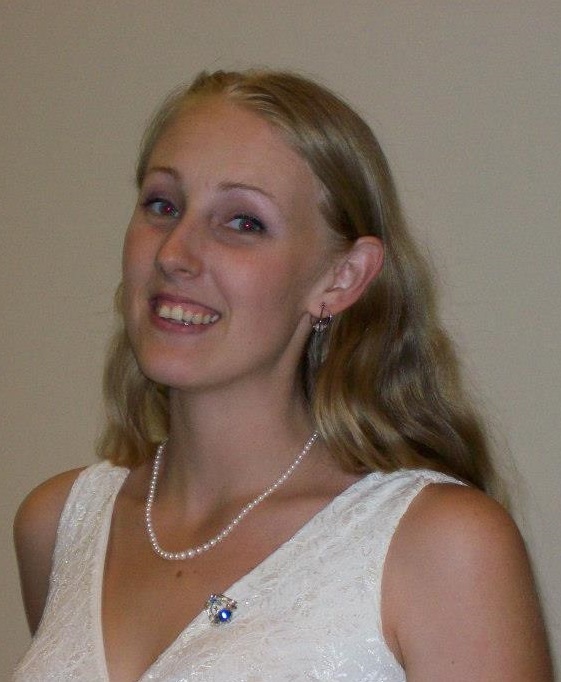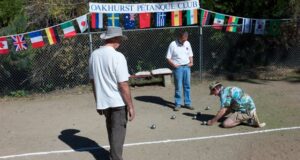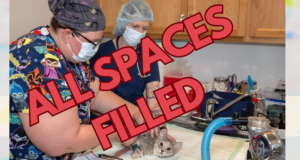MODESTO – It’s estimated that one out of every eight people takes part in some kind of self-injury, and it’s even more common among people with mental illness. The most pervasive method of self-harm is “cutting.” Each person’s symptoms, causes and risk factors are different, though it may be possible to understand more about this painful problem one person at a time.
Former Oakhurst resident and married mother of one Mandy Payne recently reached out in order to share her story of self-injury. In doing so, she hopes to help someone else.
Mandy, 23, is married to Adam, and together they are parents of Abigail, 16 months.
The family lives comfortably in Modesto now, but life wasn’t always secure for Mandy. While self-harm often starts in middle school; she began cutting herself even younger.
“I was about 10 when I started cutting,” Mandy bravely offers. “I cut for about 11 years and somehow managed to keep it a secret from most everybody. It was my instant release of emotion and it was my hold on life. I felt like I had control of my life when I did it.”
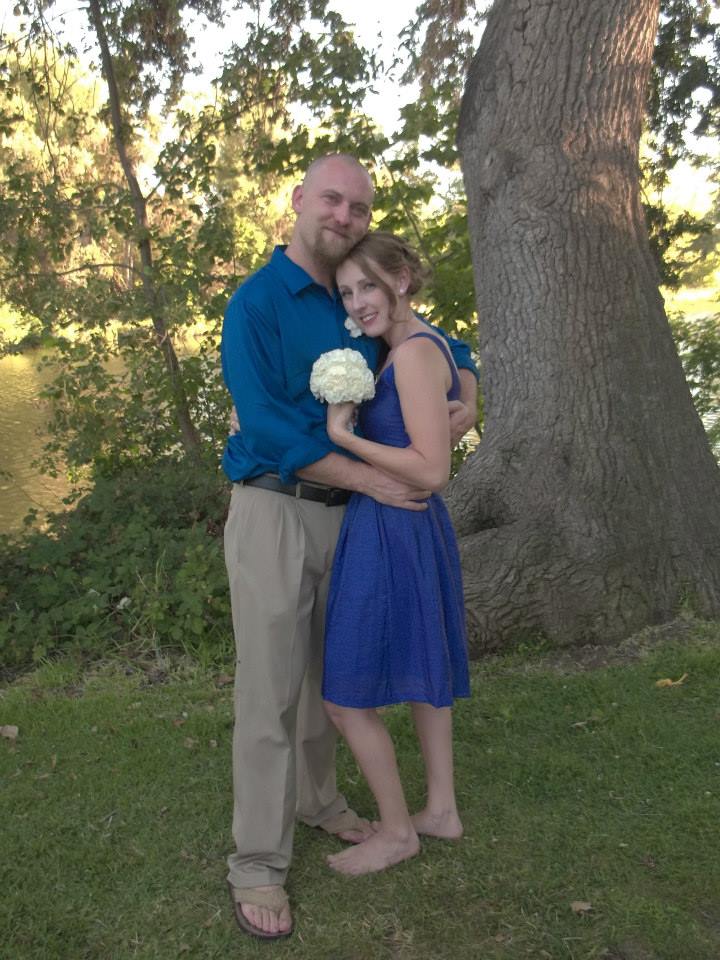 What began as a way to find relief from emotional pain, intense anger and frustration began taking on a life of its own, says Mandy. “After a while it was more of an addiction to me.”
What began as a way to find relief from emotional pain, intense anger and frustration began taking on a life of its own, says Mandy. “After a while it was more of an addiction to me.”
Young Mandy had good reason to seek control over her life, even as it spun away from her. Kids cut for a wide variety of reasons, and the urges are harder for some to resist than others. For Mandy, to say her childhood was rough is an understatement.
“Everything was out of control. I had depression but I didn’t know it. My parents were both heroin addicts and alcoholics, both in and out of jail. We hardly ever had money. Mom had different boyfriends when dad was in jail and vise versa.”
When Mandy was eight years old, her dad was sent to prison.
“Mom was more careless than ever with where she would shoot up. She didn’t care if I saw. She didn’t cook anymore, or clean the house. I stopped going to school because I didn’t care, and I was pretty much anorexic.”
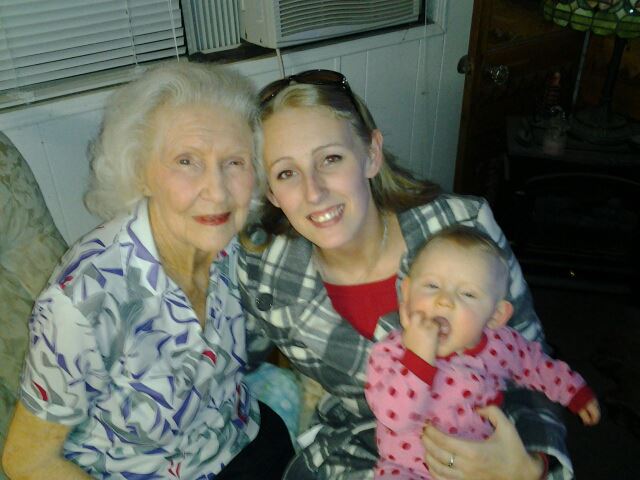 It’s not uncommon for self-injury to be linked to other conditions and diagnoses, including depression and anorexia. Sometimes it’s related to other impulse-control or obsessive behaviors.
It’s not uncommon for self-injury to be linked to other conditions and diagnoses, including depression and anorexia. Sometimes it’s related to other impulse-control or obsessive behaviors.
“When I cut, I knew if I just go a tiny bit deeper I can escape. I mostly used razor blades from those cheap razors. I would cut my wrists in the bathroom or in my room. I would cut along old scars so I wouldn’t have a million scars ’cause I didn’t want people to see.”
Throughout this time, Mandy hid the shame of her life and her cutting from everyone, wearing certain clothes and accessories so no one would notice the marks on her arms.
“I never thought it was normal. Every time I did it I knew it was bad. I just didn’t care. I wore long sleeves or bracelets to hide it. Sometimes I would even put makeup on it.”
Soon Mandy was sent to live with relatives in Sacramento, assigned to care for an aunt with multiple sclerosis. The pressure never let up and neither did Mandy.
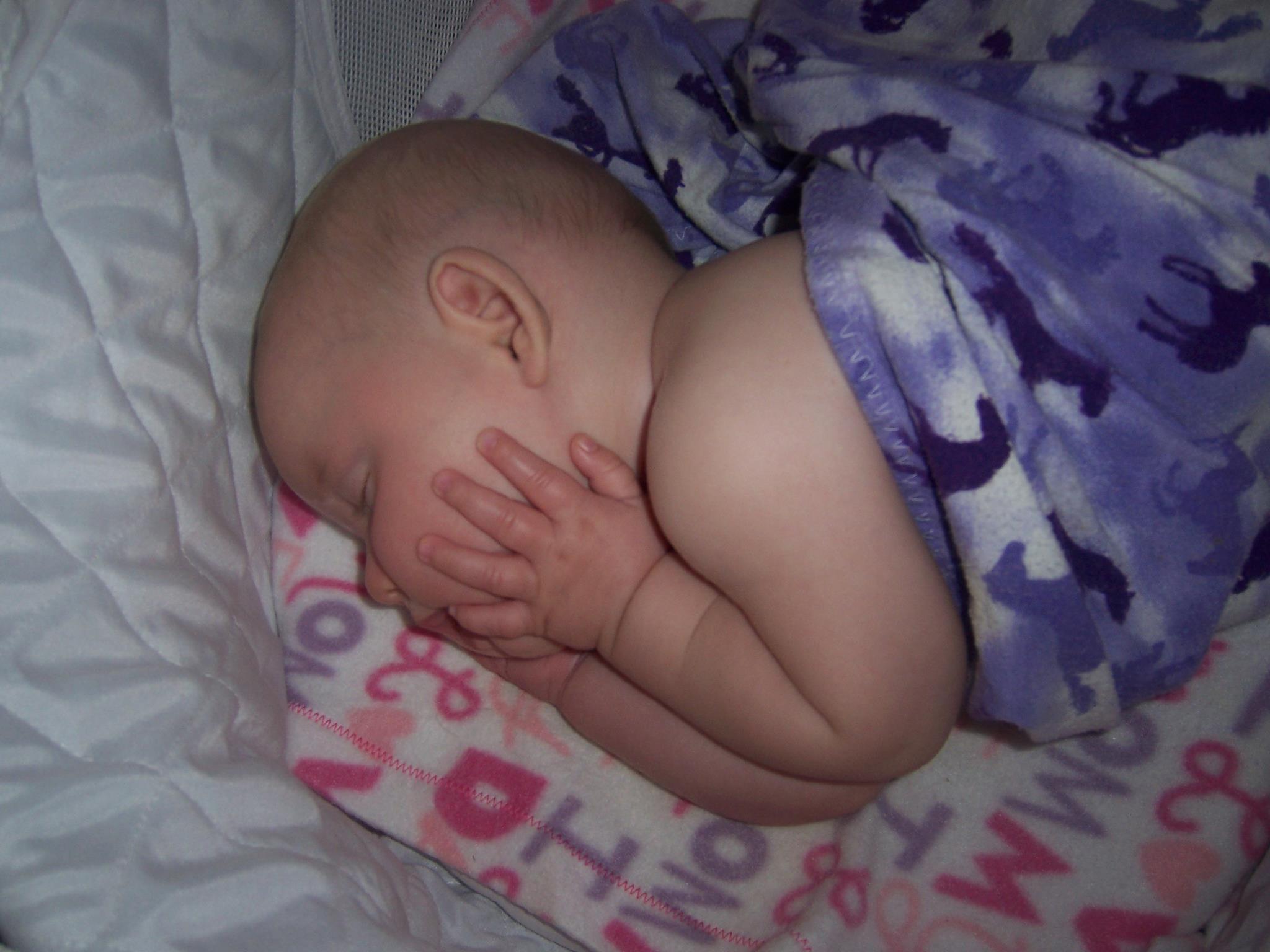 “I think it was more like I didn’t allow myself to feel emotion. So when I cut, I felt something. The physical took away the emotional, almost like there was so much pressure bottled up inside me I had to release it.”
“I think it was more like I didn’t allow myself to feel emotion. So when I cut, I felt something. The physical took away the emotional, almost like there was so much pressure bottled up inside me I had to release it.”
Mandy did not like living with her relatives up north, nor the expectations for perfection that went along with the job. She stayed for three years, until her father was released from prison and needed a caregiver.
Teenage Mandy moved back to Oakhurst to take care of her dad. By age 16 she was engaged and working full time at McDonalds, being her father’s caregiver and going to Evergreen High.
About a year later as his conditioned worsened, Mandy’s father moved in with her sister, seven years older, in Fresno. Not wanting to worry anyone further, Mandy would not confide about cutting, even to her big sister.
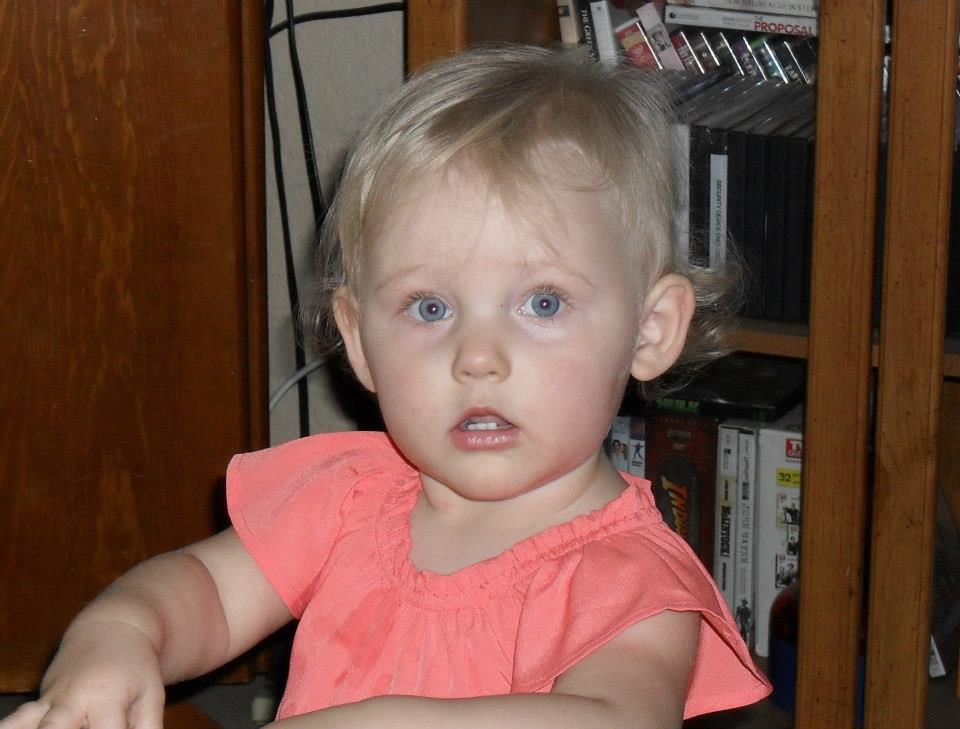 Mandy’s dad died in the fall of 2006 and her mom followed six months later in the spring of 2007. Throughout this time, Mandy had been cutting and neither the pain nor the self-harm had diminished.
Mandy’s dad died in the fall of 2006 and her mom followed six months later in the spring of 2007. Throughout this time, Mandy had been cutting and neither the pain nor the self-harm had diminished.
Now married to Adam, and with good friends in support of her, Mandy was finally challenged to get help.
“My friend who has the same kind of issues actually made me see a therapist and my husband went with me. He was so understanding and told me ‘we’ would get through this. He would check my wrists every other day and if he saw a cut he would get me to talk to him about why I did it.”
Most people who self-injure are teenagers to young adults and it starts more often with females. Self-harm may provide momentary relief but it’s usually followed by feelings of shame and guilt, and the painful emotions that led to the injury come back, too.
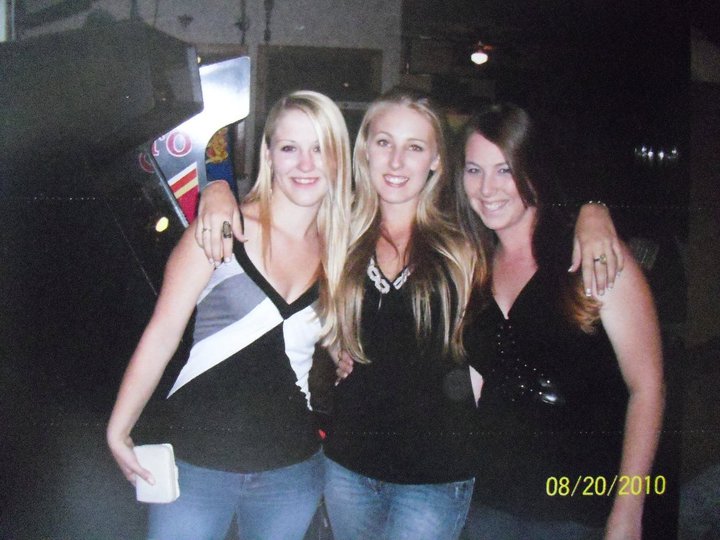 Besides the positives brought about through talk-therapy, Mandy was also able to benefit from an anti-depressant medication prescribed by her doctor, which she says, “helps a lot.” Then, Mandy found out she was pregnant.
Besides the positives brought about through talk-therapy, Mandy was also able to benefit from an anti-depressant medication prescribed by her doctor, which she says, “helps a lot.” Then, Mandy found out she was pregnant.
“I thought to myself, this life isn’t about me anymore. It’s all about her. When she gets older what am I going to say to her if/when she asks me what my scars are from and how will that affect her?”
Mandy engaged in weekly therapy, loved it and stuck with it, saying she misses her Oakhurst therapist now that they’ve moved to Modesto.
“She was wonderful.”
The young mom has learned a lot about herself and others as she’s grown and matured. Mandy has a message for kids out there.
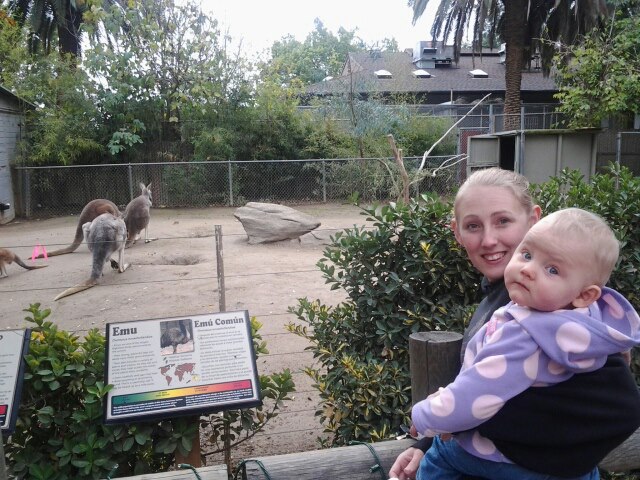 “To the girls and boys: don’t be embarrassed to talk about your cutting,” she urged. “Find a therapist if you can, maybe your school counselor, your parents. Just talk to someone about it.”
“To the girls and boys: don’t be embarrassed to talk about your cutting,” she urged. “Find a therapist if you can, maybe your school counselor, your parents. Just talk to someone about it.”
Mandy also cautions that people on the listening end, including parents and teachers, may want to be prepared and know how to react in order to keep communication open and not shut the conversation down.
“Don’t get mad. Definitely don’t act disappointed. Don’t make them feel embarrassed or dumb. Do not tell them to stop.”
Committed to living a healthy life for her own sake and that of her family, Mandy recognizes daily imperfections for what they are and says that, as with an addiction, hers is a process of continual healing.
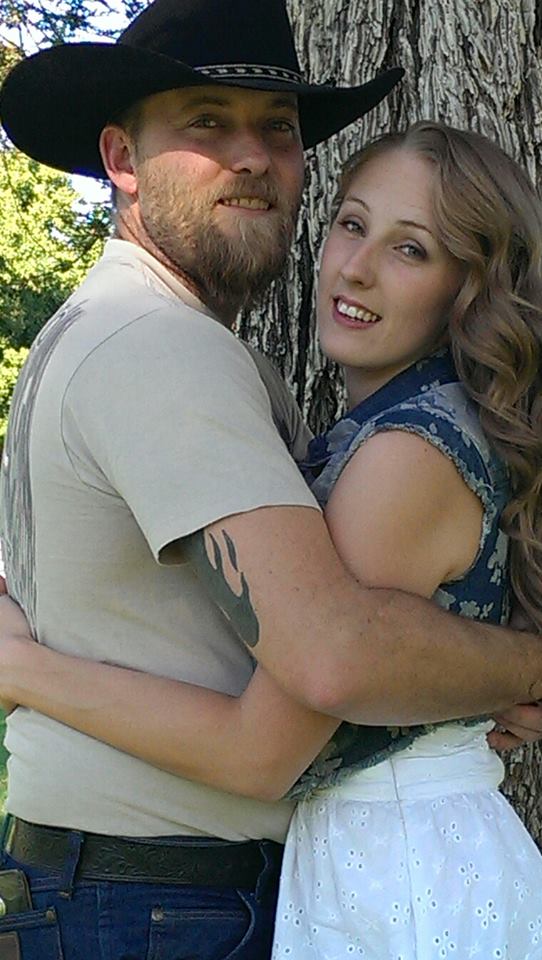 “If I’m stressed out, I just put on music or talk to my husband. I have times when I get frustrated but it passes quickly. The past has definitely toughened me up, so not much bothers me now.”
“If I’m stressed out, I just put on music or talk to my husband. I have times when I get frustrated but it passes quickly. The past has definitely toughened me up, so not much bothers me now.”
Part of Mandy’s self-imposed therapy is taking opportunities to talk about the subject of self-harm with an openness and honesty that is destined to help others who come across her story. With the promise of new life all around her, she’s glad to let go of old secrets.
“I’m actually feeling pretty good about it. I am proud of myself.”
We are grateful to Mandy for having shared her experience.
Read what Parenting.Org has to say about the subject of cutting.
KidsHealth.Org has more information.
Mandy Payne recommends The Butterfly Project on Facebook

